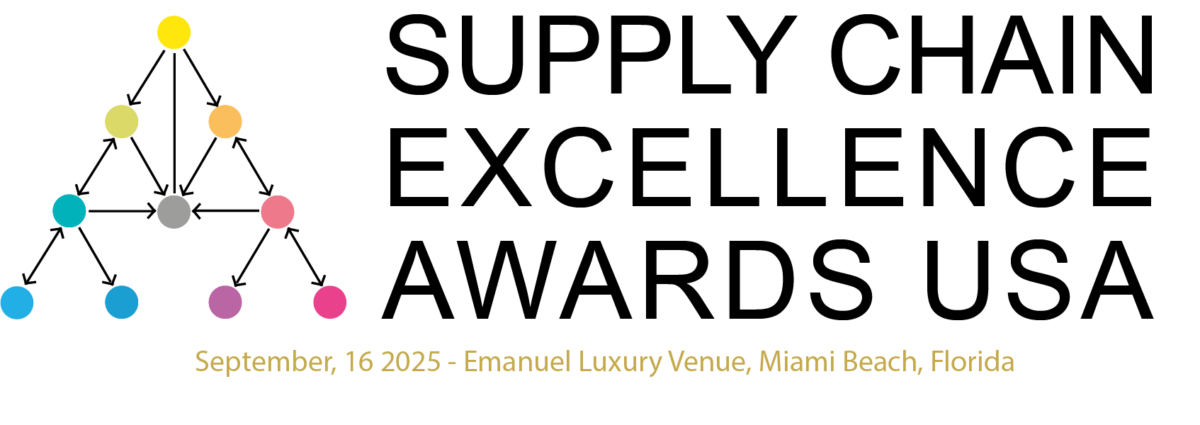Companies need to be aware that procurement isn’t just about saving money, according to Johan Denekamp, group chief executive of 4C Associates.
“The value-add is a much more important metric, and can only be achieved when the procurement and other departments work together and as early as possible on a project.”
Denekamp was responding to a study conducted by 4C Associates and the Procurement Leaders Network which found that organisations are facing a credibility gap in procurement, owing to a disconnect in the relationship between procurement and the rest of an organisation.
The report surveyed 180 procurement practitioners across 36 countries and found a lack of involvement from other company functions, senior decision makers and the board in the development of a procurement strategy, with over a third of respondents stating that senior management lacked interest in and understanding of how procurement expertise can be used strategically.
Some 50 per cent of respondents viewed shared procurement and operation goals as the most important factors in future procurement value creation for companies. This was followed closely by having a close engagement with the wider business (43 per cent) and having the right people (42 per cent).
Outsourcing is also becoming an important part of many organisations’ procurement delivery. 36 per cent of organisations questioned confirmed that outsourcing increased their procurement performance.
And 27 per cent agreed that outsourcing had increased performance in their organisation, however 35 per cent disagreed that outsourcing had increased performance.
The report also found that the role of technology in procurement is increasing. The current spend is relatively low, with 22 per cent spending less than £50,000 per annum on procurement IT, and there is also little consensus on the best type of e-procurement technology: 42 per cent of respondents used enterprise level solutions; 25 per cent, bespoke third-party software, and a third developed their own software.
Denekamp said: “Procurement faces the challenge of not just delivering a strategy aligned with company objectives, but also other ongoing measures consistent with strategies and objectives in other departments. These all need to be aligned so real value can be delivered and make a positive impact on the bottom line. It is therefore essential that lines of communication are open in any procurement process, so that business objectives can be achieved and that maximum efficiency can be gained from the procurement process, with top-down executive involvement.”






